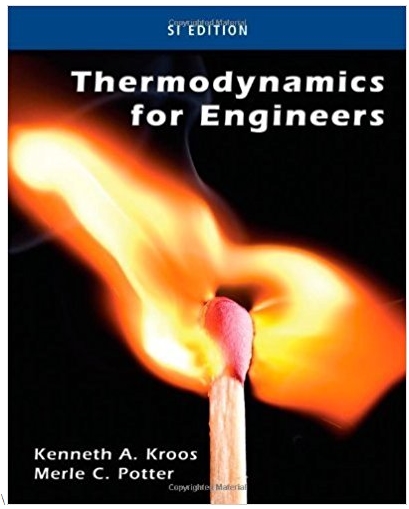Answered step by step
Verified Expert Solution
Question
1 Approved Answer
(20 points) Problem 3. The following liquid-phase reactions were carried out in a CSTR at 325K : 3AB+C2C+A3D4D+3C3Er1A=k1ACAr2D=k2DCC2CAr3E=k3ECDCCk1A=7.0min1k2D=3.0mol2mindm6k3E=2.0molmindm3 begin{tabular}{|r|} hline Sketchthetrendsorresultsyouexpectbeforeworkingoutthedetailsofthe problem. hline

Step by Step Solution
There are 3 Steps involved in it
Step: 1

Get Instant Access to Expert-Tailored Solutions
See step-by-step solutions with expert insights and AI powered tools for academic success
Step: 2

Step: 3

Ace Your Homework with AI
Get the answers you need in no time with our AI-driven, step-by-step assistance
Get Started


